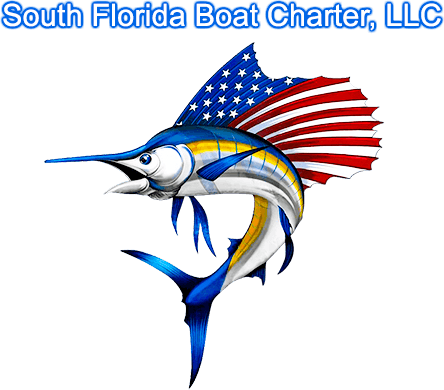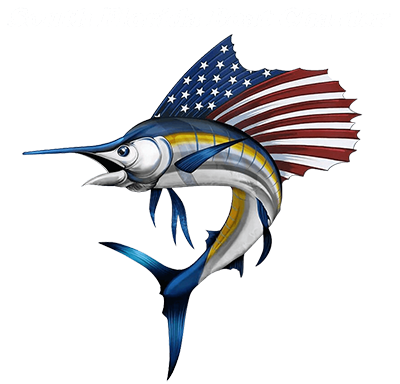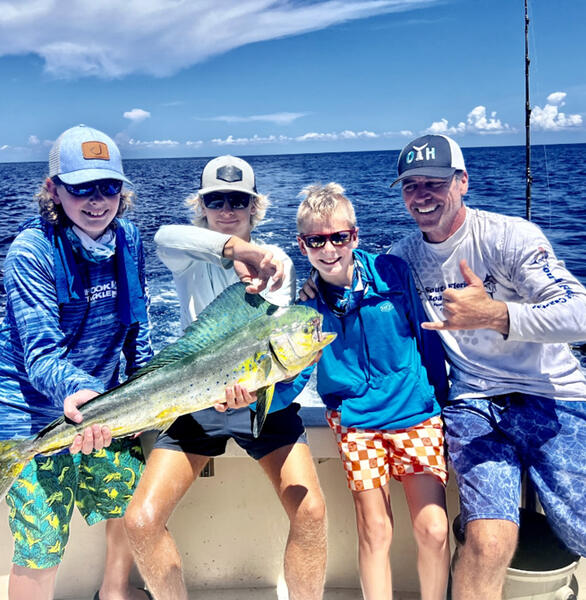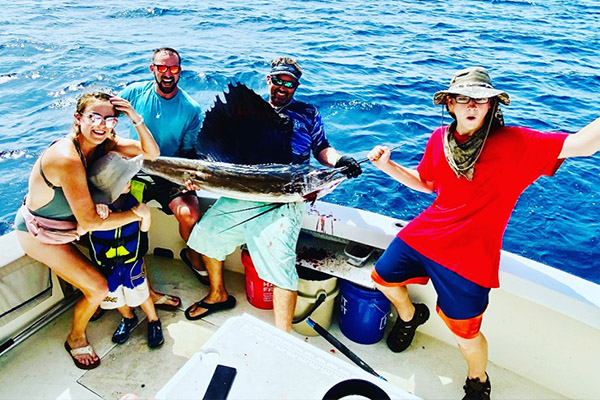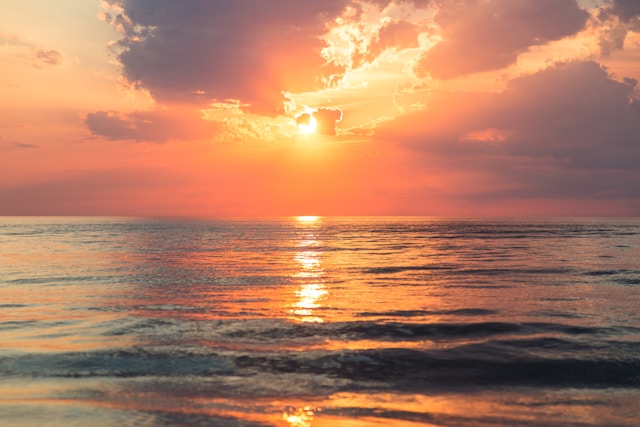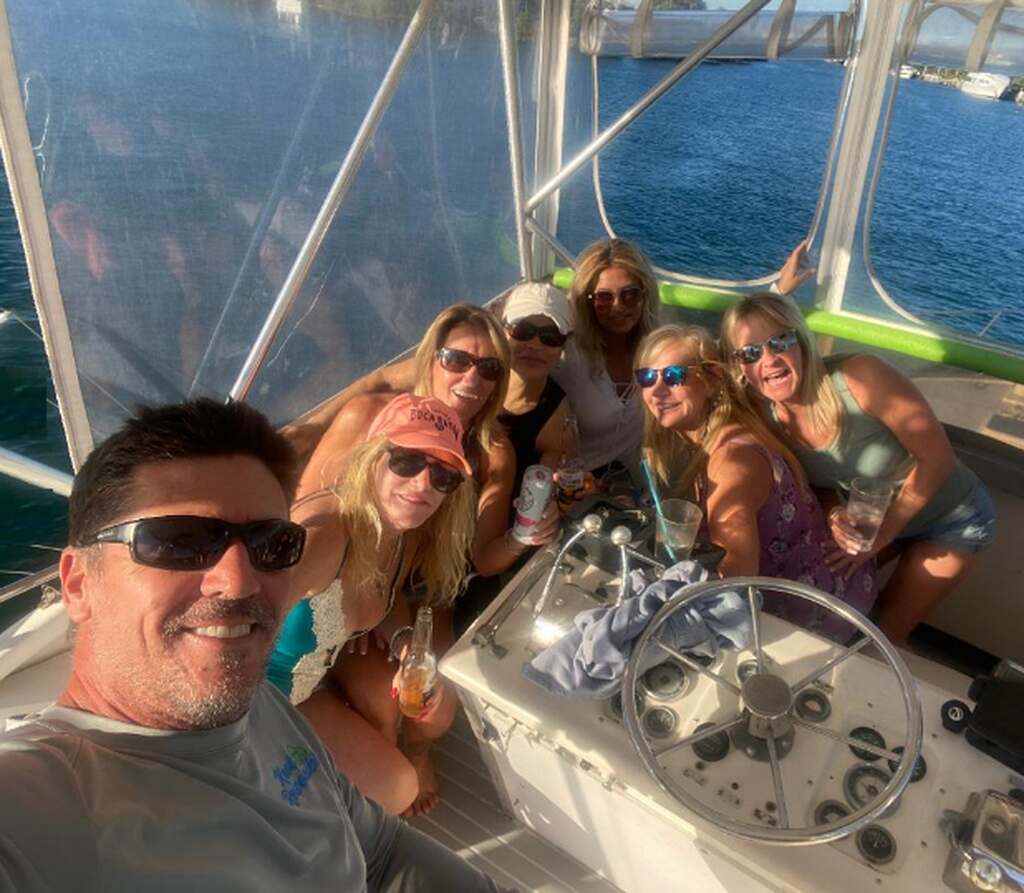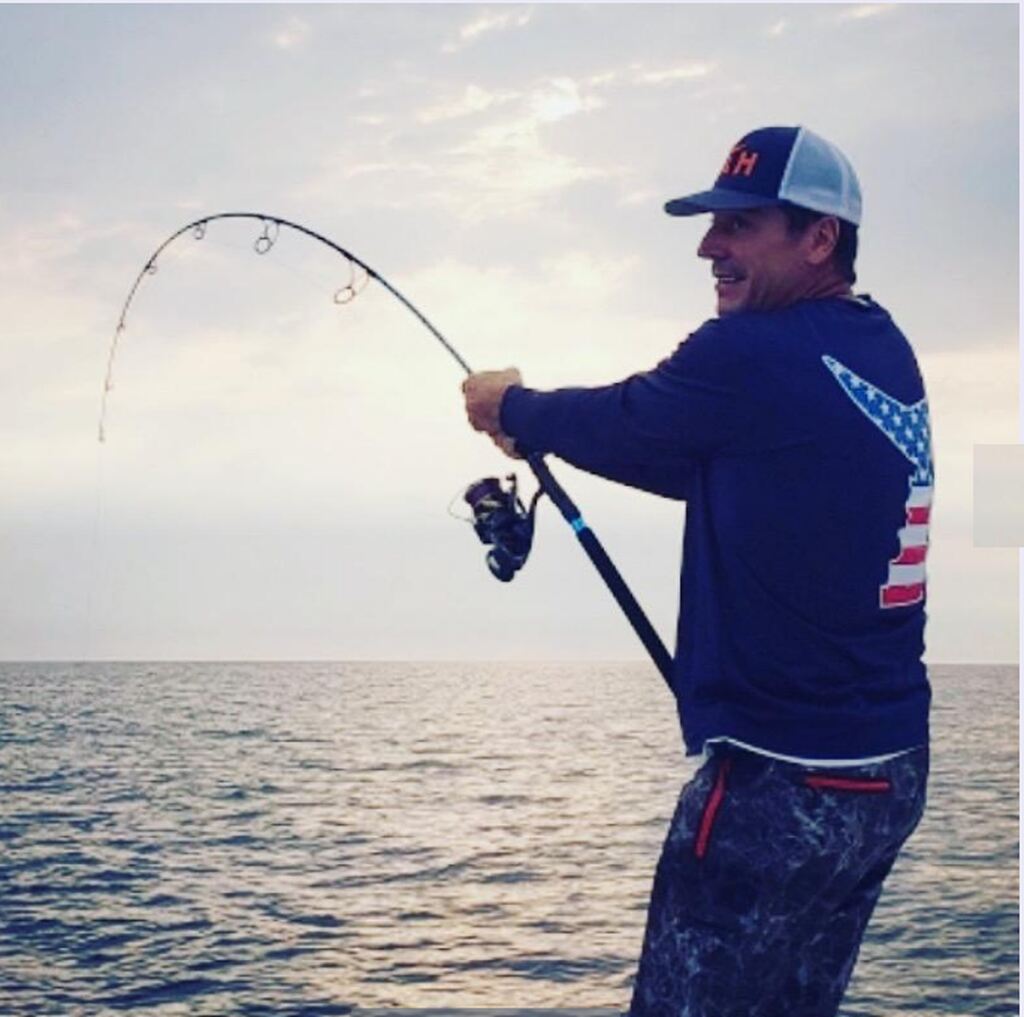By using our website, you agree to the use of cookies as described in our Cookie Policy
Blog
Exploring the Unique Marine Life of South Florida Waters
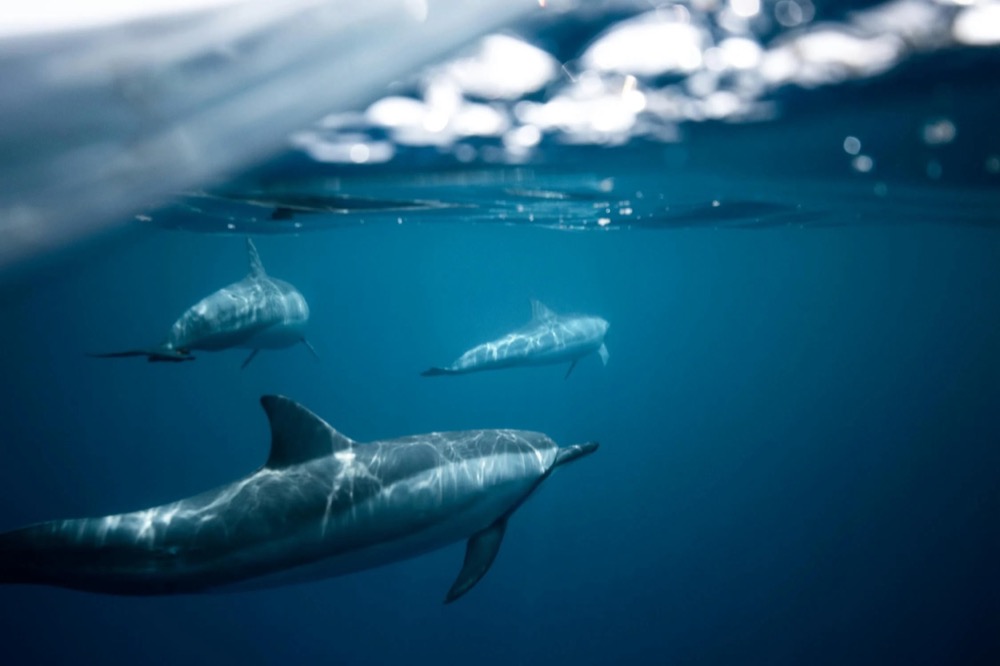
 Image Credit: Pexels
Image Credit: Pexels
South Florida's waters are teeming with an incredible variety of marine life, making it a paradise for nature enthusiasts and underwater explorers. From colorful tropical fish to majestic sea turtles, the region's coastal ecosystems offer a glimpse into a vibrant underwater world. Exploring this marine biodiversity provides not only an exciting adventure but also an opportunity to appreciate and protect these valuable natural resources.
The Rich Biodiversity of South Florida's Coastal Waters
South Florida's marine ecosystems are among the most diverse in North America. The warm, clear waters of the Atlantic Ocean and the Gulf of Mexico create ideal conditions for a wide range of marine species. Coral reefs, seagrass beds, and mangrove forests provide essential habitats for countless fish, invertebrates, and marine mammals.
This biodiversity is not only beautiful but also crucial for the health of our oceans. Each species plays a vital role in maintaining the balance of these complex ecosystems. From the smallest plankton to the largest predators, every organism contributes to the overall health and stability of South Florida's marine environment.
- Home to over 500 species of fish
- Important nesting grounds for sea turtles
- Diverse coral reef systems
- Essential habitats for marine mammals like dolphins and manatees
- Crucial stopover for migratory birds
The abundance and variety of marine life in South Florida make it a world-class destination for wildlife viewing and eco-tourism.
Iconic Marine Species of South Florida
South Florida's waters are home to several iconic marine species that capture the imagination of visitors and locals alike. Here are some of the most notable inhabitants you might encounter:
- Atlantic Bottlenose Dolphins - Playful and intelligent marine mammals
- Loggerhead and Green Sea Turtles - Ancient mariners that nest on local beaches
- Florida Manatees - Gentle giants often spotted in coastal waters
- Goliath Grouper - Massive fish that can reach up to 800 pounds
- American Crocodiles - Rare and protected reptiles found in mangrove areas
Coral Reefs: The Rainforests of the Sea
South Florida's coral reefs are often called the "rainforests of the sea" due to their incredible biodiversity and ecological importance. These complex ecosystems provide habitat for thousands of marine species and play a crucial role in protecting coastlines from storms and erosion. The Florida Reef Tract, which extends from the Dry Tortugas to Palm Beach County, is the third-largest coral barrier reef system in the world.
Coral reefs face numerous threats, including climate change, ocean acidification, and pollution. Conservation efforts are underway to protect and restore these valuable ecosystems. Visitors can contribute to these efforts by practicing responsible reef etiquette and supporting local conservation initiatives.
Mangrove Forests: Nurseries of the Coast
Mangrove forests are a critical component of South Florida's coastal ecosystems. These unique trees thrive in saltwater environments and provide essential services to both marine life and human communities. Here's why mangroves are so important:
- Act as nurseries for many fish and invertebrate species
- Protect coastlines from erosion and storm surge
- Filter pollutants and improve water quality
- Provide habitat for birds and other wildlife
- Sequester carbon, helping to mitigate climate change
Protecting and restoring mangrove habitats is crucial for maintaining the health of South Florida's marine ecosystems.
Seasonal Marine Life Migrations in South Florida
South Florida's waters witness several remarkable marine life migrations throughout the year. These seasonal movements bring an ever-changing array of species to the region, offering unique opportunities for wildlife enthusiasts. From November to March, North Atlantic right whales can sometimes be spotted off the coast as they travel to their calving grounds.
During the summer months, sea turtles come ashore to nest on South Florida's beaches, while tarpon migrate along the coast, attracting anglers from around the world. Understanding these migration patterns can enhance your marine life viewing experiences and provide insights into the interconnectedness of ocean ecosystems.
Threats to South Florida's Marine Life
Despite its richness, South Florida's marine life faces numerous challenges. Human activities and environmental changes pose significant threats to the region's aquatic ecosystems. Addressing these issues is crucial for preserving the biodiversity and health of South Florida's coastal waters. Some of the main threats include:
- Habitat loss due to coastal development
- Water pollution from urban runoff and agricultural practices
- Overfishing and unsustainable fishing methods
- Climate change impacts, including sea-level rise and ocean acidification
- Invasive species disrupting native ecosystems
Awareness of these threats is the first step towards implementing effective conservation measures.
Conservation Efforts and How to Get Involved
Numerous organizations and initiatives are working to protect South Florida's marine life and habitats. These efforts range from scientific research and habitat restoration to public education and policy advocacy. Here are some ways you can contribute to marine conservation in South Florida:
- Participate in beach clean-ups and coastal habitat restoration projects
- Support local marine conservation organizations through donations or volunteering
- Practice responsible boating, fishing, and diving to minimize impact on marine ecosystems
- Educate yourself and others about the importance of marine conservation
- Reduce your plastic use and properly dispose of waste to prevent marine pollution
Every action, no matter how small, can make a difference in protecting South Florida's marine life for future generations.
Best Practices for Observing Marine Life
Observing marine life can be an exciting and educational experience, but it's important to do so responsibly. Following best practices helps protect the animals and their habitats while ensuring a positive experience for viewers. When observing marine life in South Florida, keep these guidelines in mind:
- Maintain a respectful distance from all marine animals
- Never feed or touch wild marine life
- Use reef-safe sunscreen to protect coral ecosystems
- Follow all local regulations and guidelines for wildlife viewing
- Choose eco-friendly tour operators that prioritize conservation
By observing these practices, we can enjoy South Florida's marine life while minimizing our impact on these delicate ecosystems.
Marine Life Viewing Hotspots in South Florida
South Florida offers numerous locations where visitors can observe marine life in its natural habitat. From bustling coral reefs to serene mangrove channels, each area provides unique opportunities to connect with the underwater world. Popular marine life viewing spots include John Pennekamp Coral Reef State Park in Key Largo, Biscayne National Park near Miami, and the Loxahatchee River in Jupiter.
Many of these locations offer guided tours, snorkeling trips, and glass-bottom boat excursions, providing safe and informative ways to experience South Florida's marine biodiversity. Local marine science centers and aquariums also offer educational programs and exhibits that showcase the region's aquatic life.
The Role of Citizen Science in Marine Conservation
Citizen science programs play an increasingly important role in marine conservation efforts in South Florida. These initiatives allow members of the public to contribute to scientific research by collecting data on marine species and habitats. Participating in citizen science not only aids conservation efforts but also provides an engaging way to learn about local marine ecosystems.
Many organizations in South Florida offer citizen science opportunities, such as sea turtle nesting surveys, coral reef monitoring programs, and marine mammal sighting networks. By participating in these programs, you can gain hands-on experience with marine life while contributing valuable data to conservation efforts.
Experience South Florida's Marine Life Up Close
Ready to explore the wonders of South Florida's marine life for yourself? Don't miss the opportunity to witness the region's incredible aquatic biodiversity firsthand. South Florida Boat Charter, LLC offers tours that provide intimate encounters with local marine life while prioritizing conservation. Contact South Florida Boat Charter LLC at 954-263-4648 to book your boat tour and discover the underwater treasures of South Florida's coast. Your journey into the fascinating world of marine biodiversity awaits!
‹ Back
